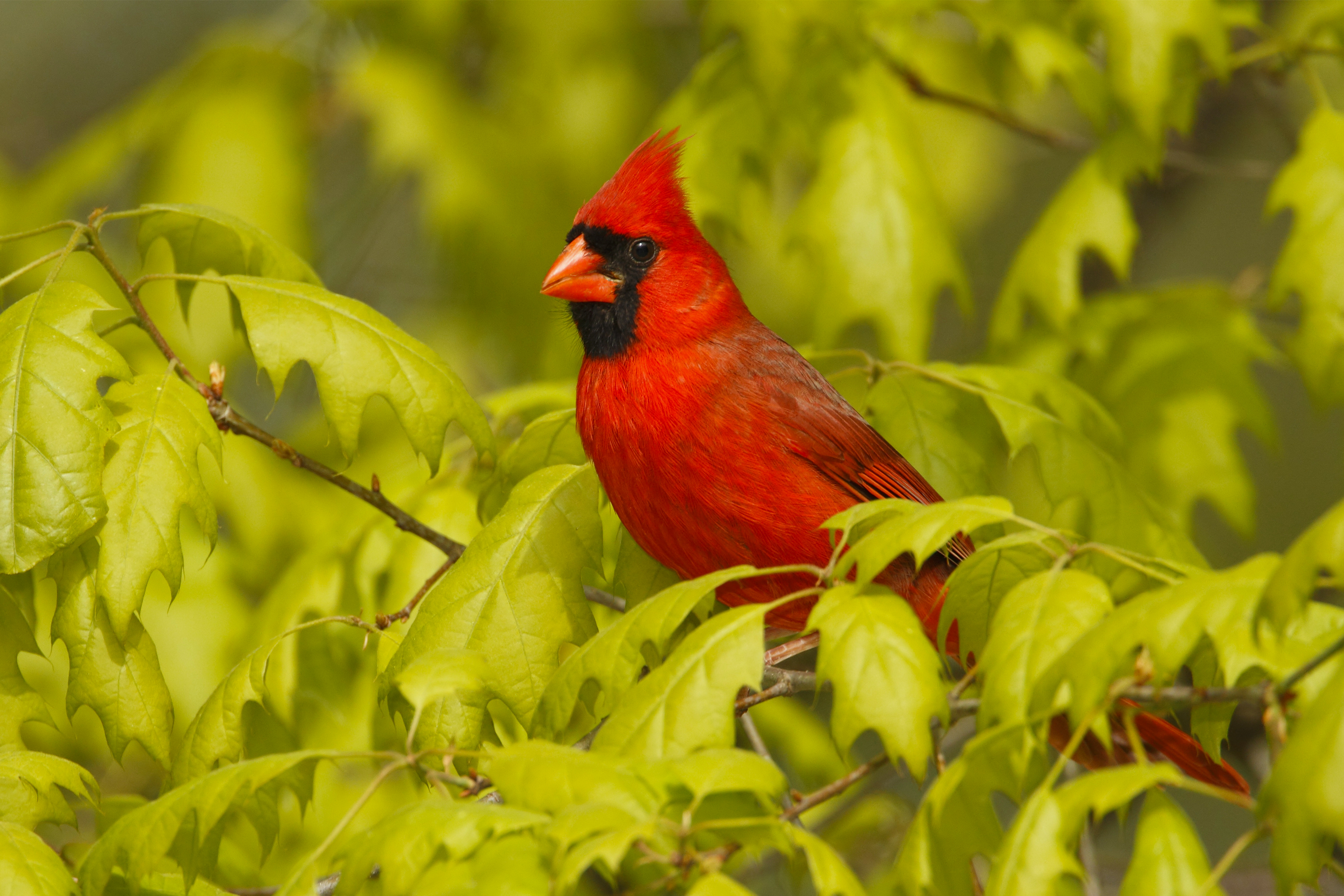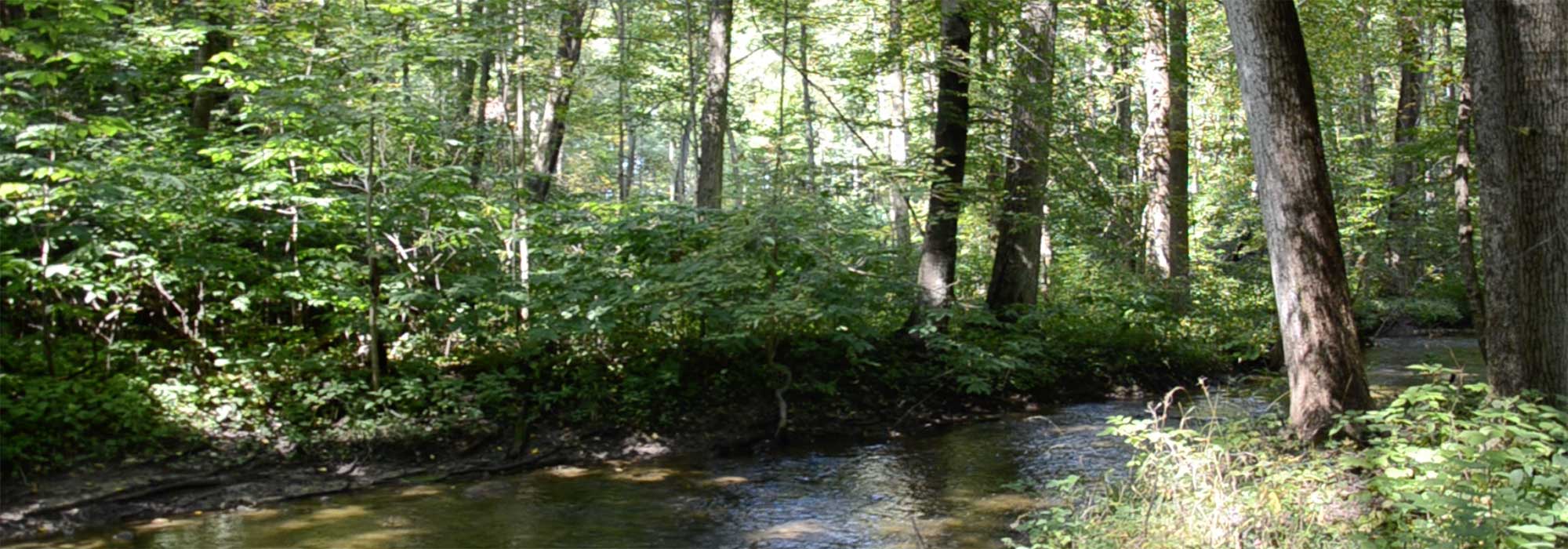Quality, Service, & Forest Stewardship for Over 100 years!
Pike News
Winging it! Songbirds & Forestry

Through human intervention, most of the natural forest disturbances in our environment such as fire, flood, and insect infestations are now avoided. As a result, the structure of the forest over the landscape as a whole has been greatly altered.
Various types of timber harvests now play the role of these disturbances in our forest and do so in a controlled manner that can be manipulated in order to benefit humans, wildlife, and the environment. Most of us understand the need that birds have for trees.They are places of refuge, of home-building, places for eating, and for mating. The forest is a haven for a multitude of birds that the majority of us may never see around the birdfeeder.
What is often misunderstood about the relationship between the forest and the birds is that not all forests, and not all birds, are created equal.
According to the Indiana Woodland Steward, different species have clear preferences pertaining to their habitat.
It is easiest to separate these preferences into three categories – early successional (ES), late successional (LS), and other (O).
ES species, such as the Carolina Wren and Hooded Warbler, generally refer to birds that prefer forest growth that is less than 10 years old, while LS species, like the Cerulean Warbler, prefer the mature/over-mature forest structure.
This brings us to the importance of often and lightly disturbed forests. Nearly every type of harvest operation has a positive impact on at least two of three bird categories.
Patch cut harvests, single-tree selection, and shelterwood cuts (leaving a light canopy to shade the ground and produce seed) are great ways to mimic natural disturbance patterns in your forest, and are among the most beneficial harvest types for all three categories of bird species.
Pike Lumber Company is available and capable to tailor any one of the many harvest types to meet your needs by harvest techniques understood by our college educated foresters.
As you consider the management of your healthy forest, ponder what role you might play in the creation of various habitats for the songbird population, not only in your own forest but across the landscape as a whole.

